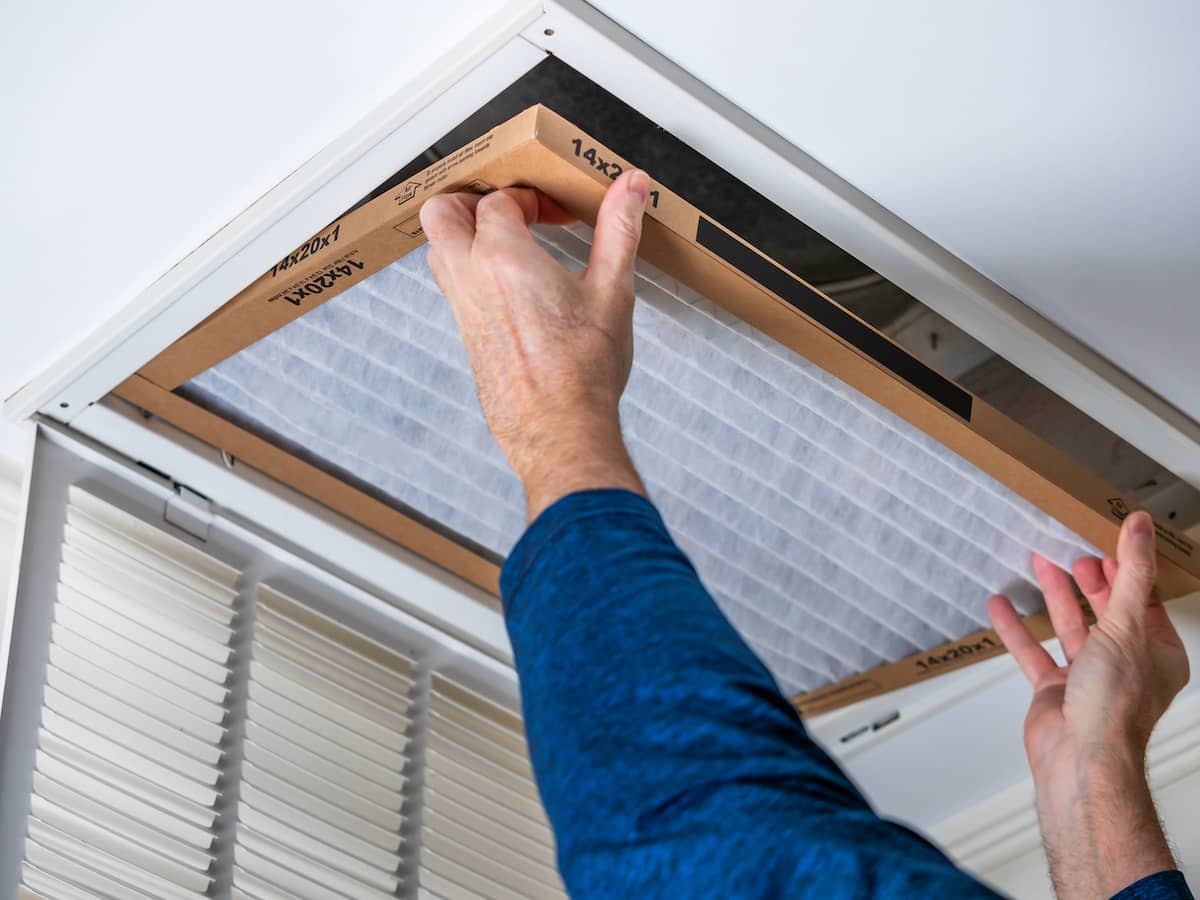
Duce Construction Corporation Opens New Location in Glen Head Long Island
Duce Construction Corporation is proud to announce that it has recently opened a second office/warehouse in Nassau County, providing easy


Duce Construction Corporation is proud to announce that it has recently opened a second office/warehouse in Nassau County, providing easy

If you’ve ever had the air conditioning stop working in the heat of summer or the furnace break down in